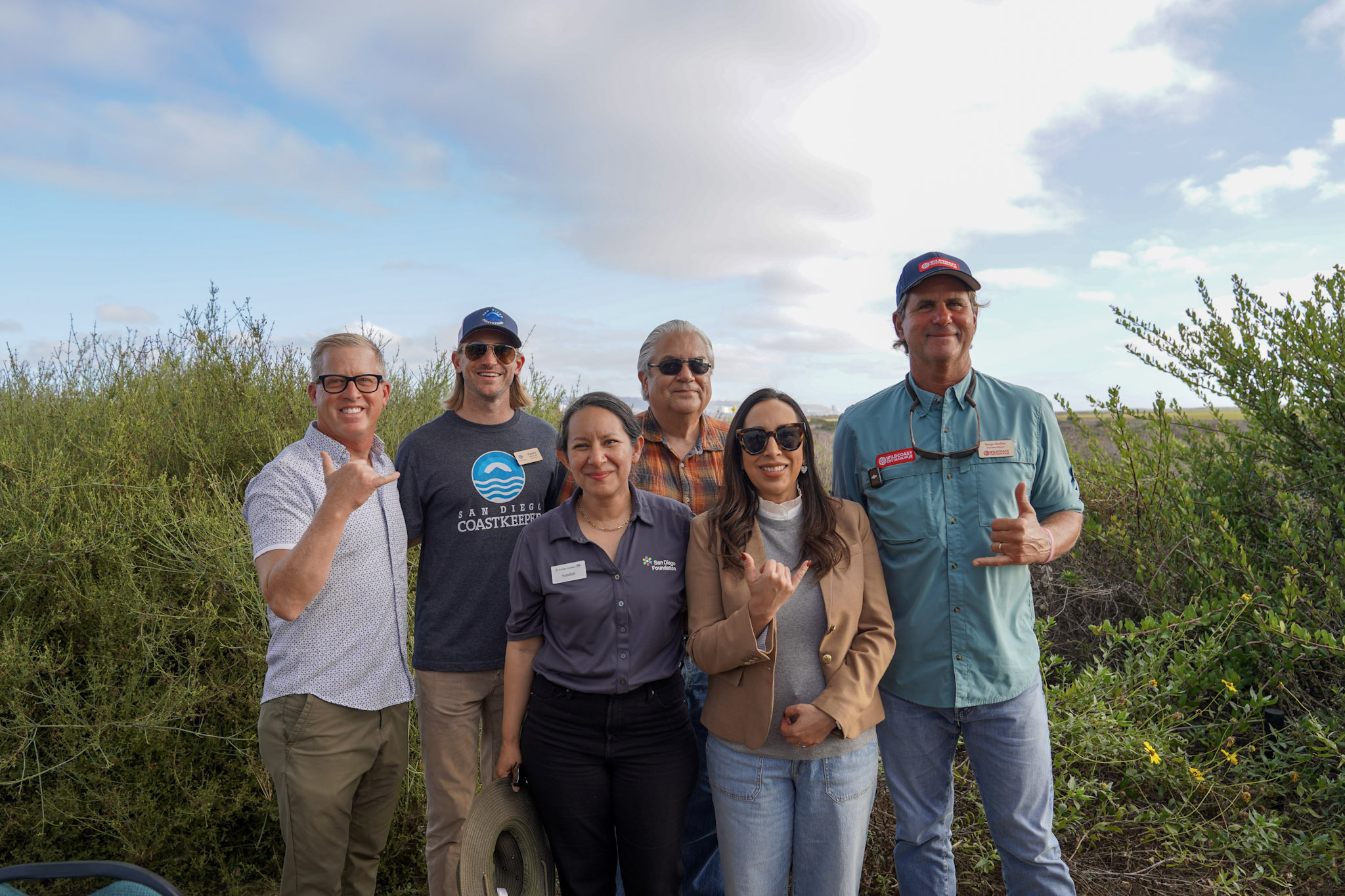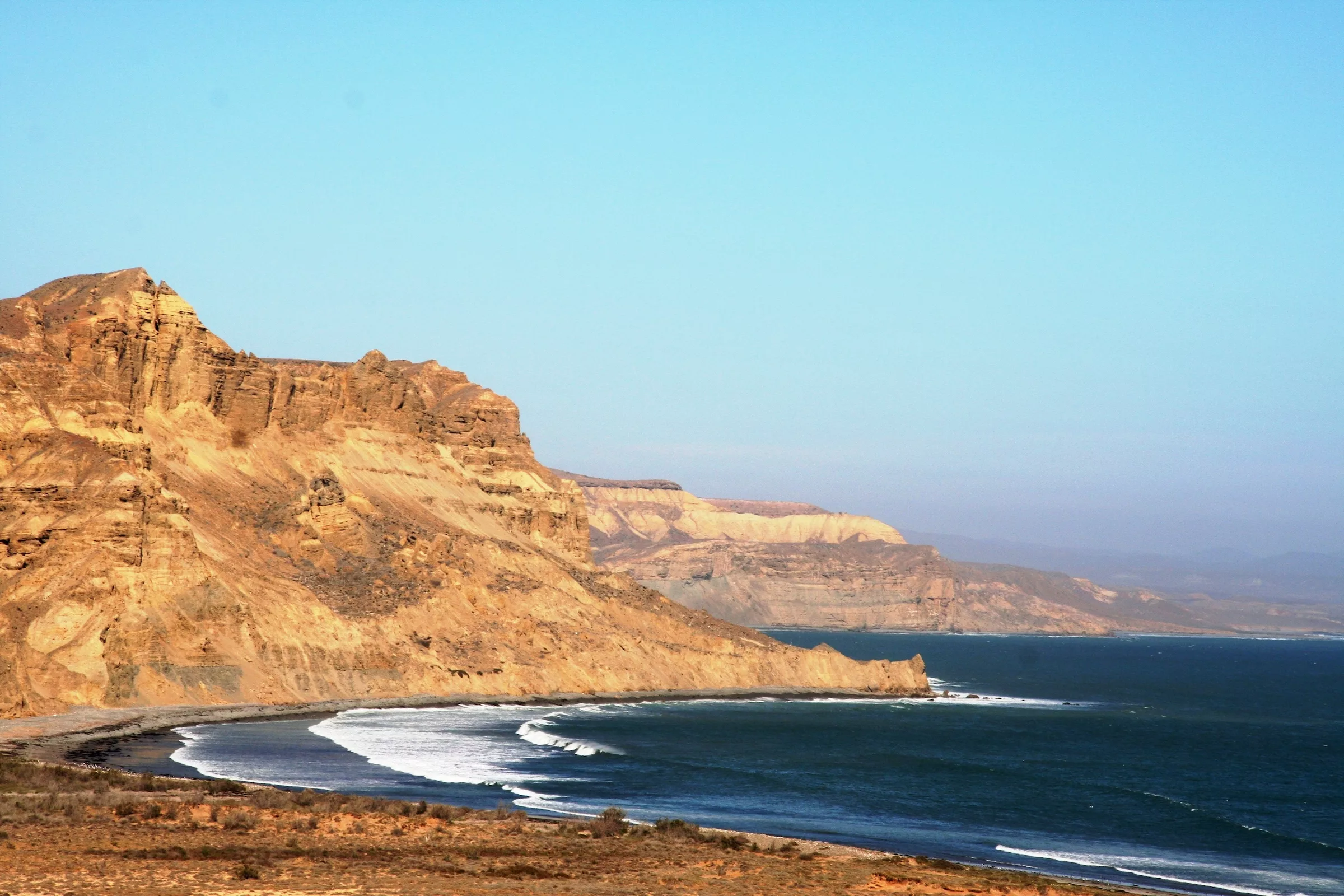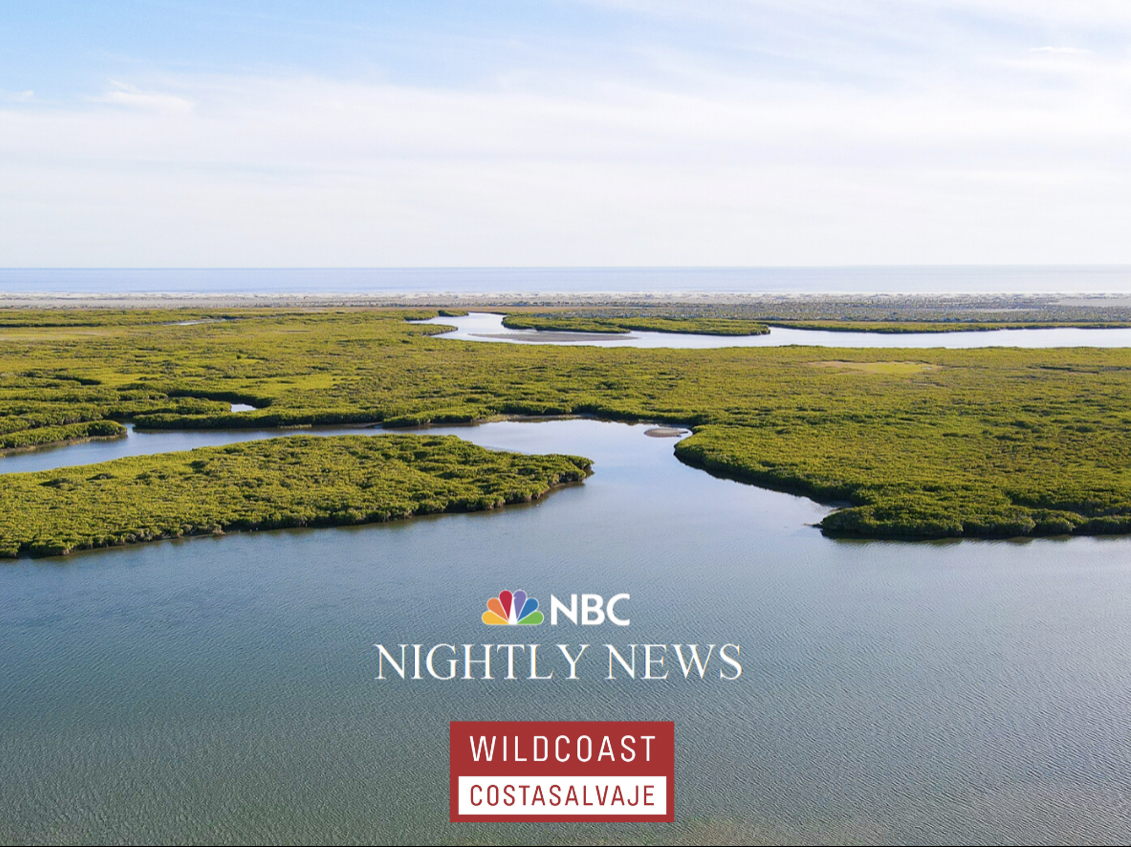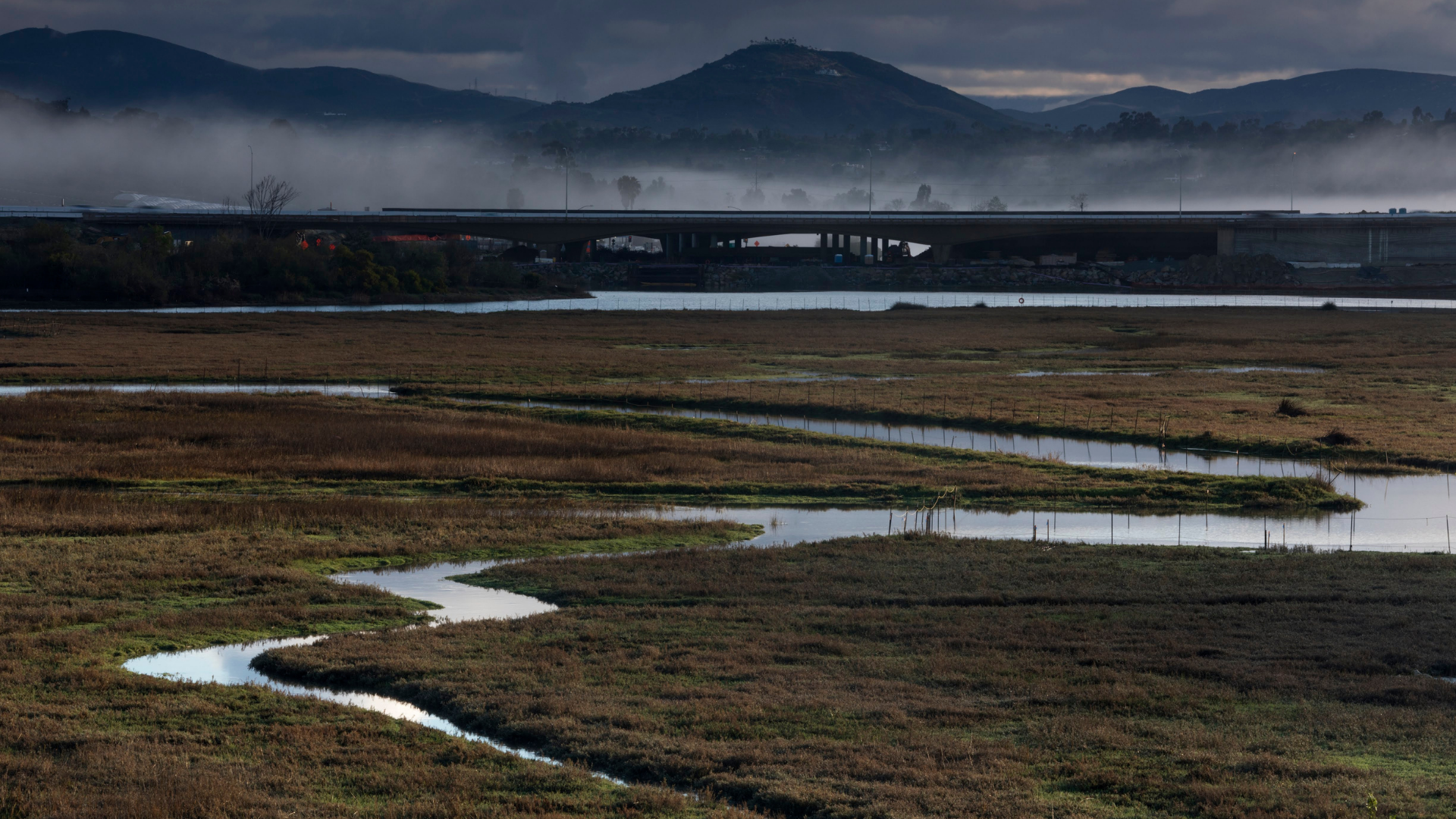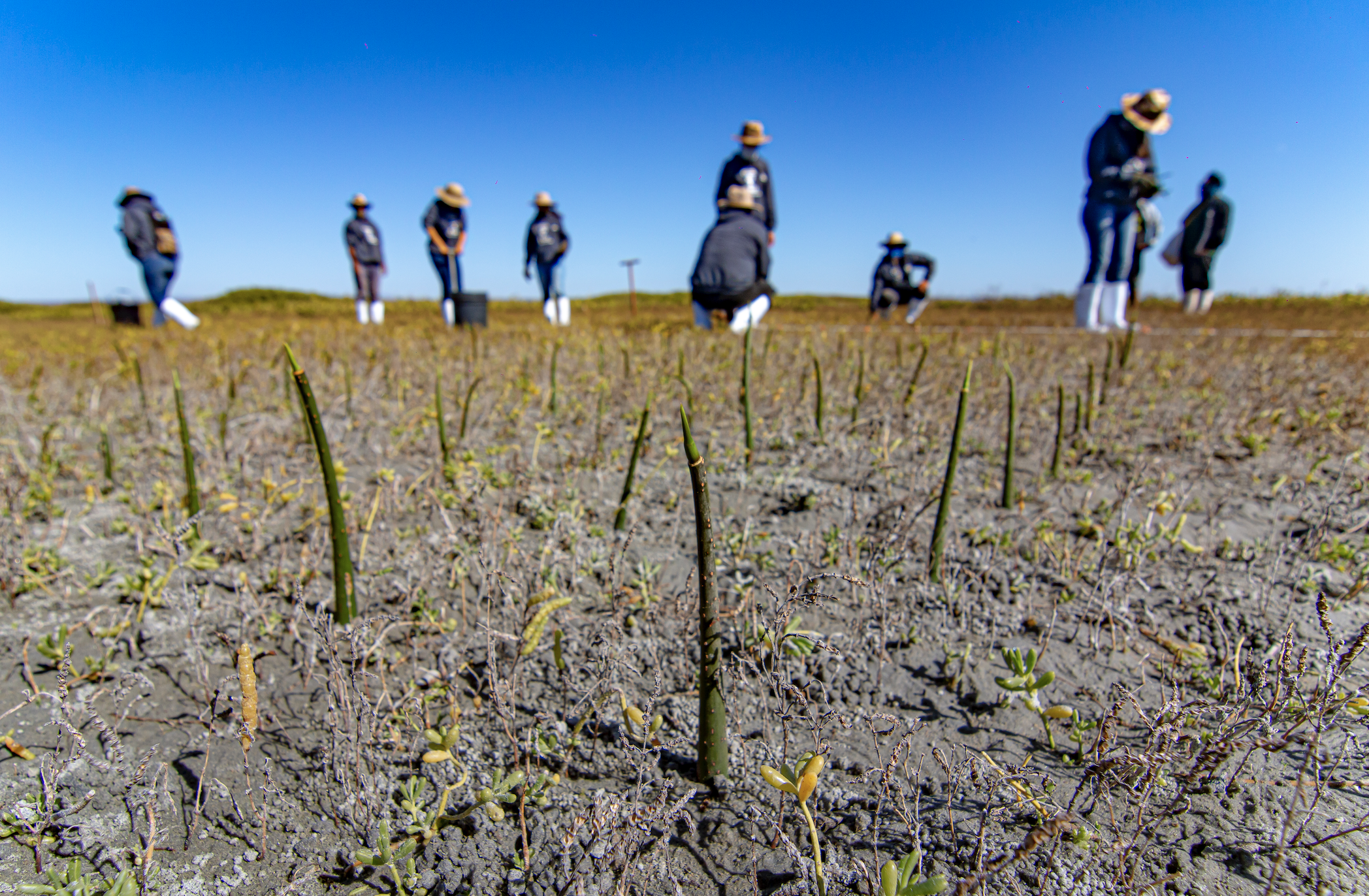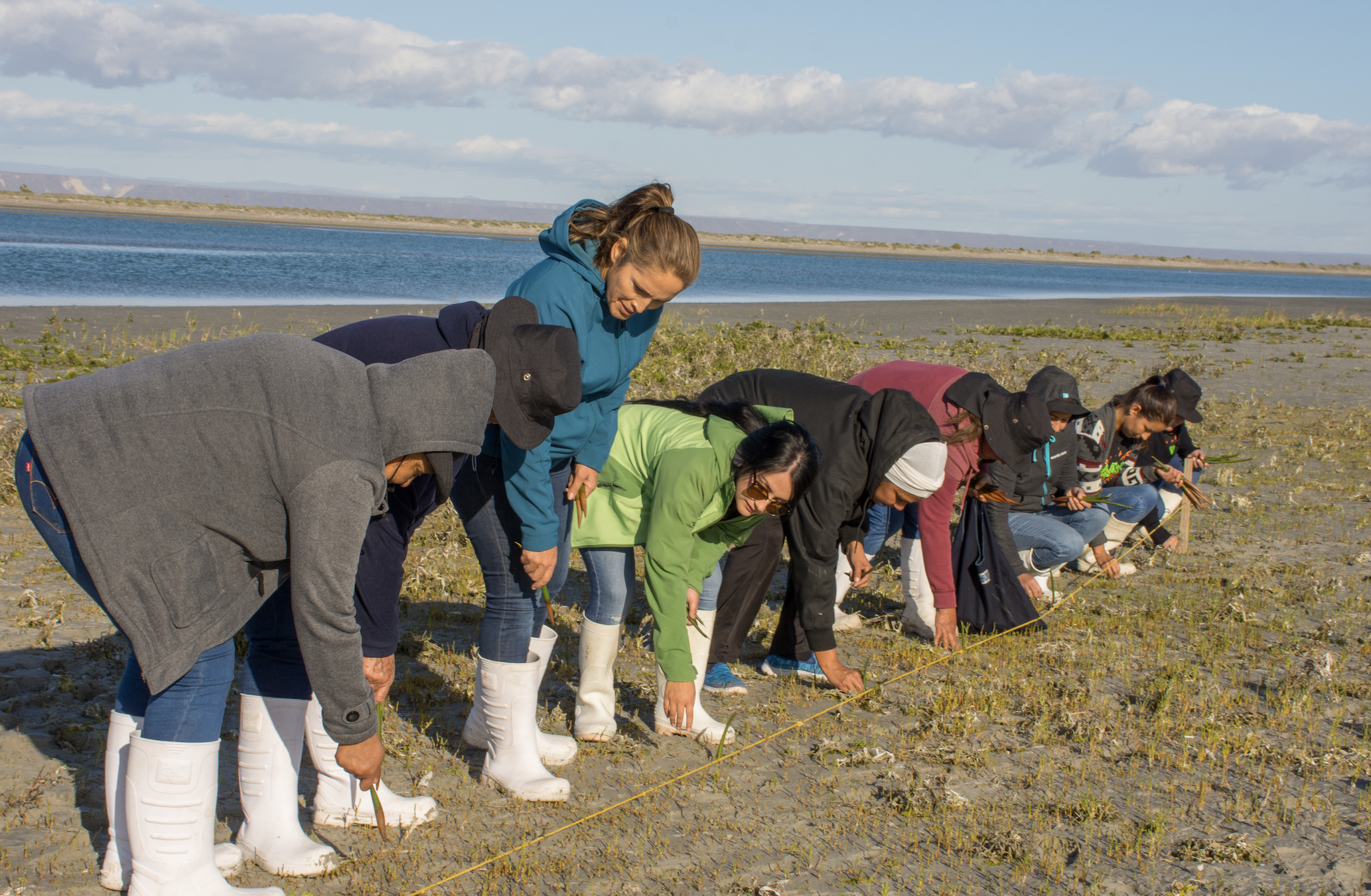With the dramatic rise in destructive hurricanes, floods and wildfires worldwide, it is more important than ever to protect mangroves, coral reefs, kelp forests, estuaries and beaches. These ecosystems all serve critical functions in regulating our global climate, protecting coastal communities and iconic wildlife, and driving fundamental life processes.
WILDCOAST works to conserve these natural barriers that are essential to safeguarding people and wildlife against the very real and growing threat of climate change.
Where We Work
Across all of our conservation programs we are committed to efforts to address and mitigate climate change impacts by protecting globally significant coastal and marine ecosystems.
See More Areas8,500
acres of blue carbon ecosystems conserved in California and Mexico
19.5
million tons of atmospheric carbon stored in WILDCOAST’s mangrove conservation sites along the Pacific Coast of Mexico
200
blue carbon samples collected in San Diego County in 2020 and 2021
In the Wild
Check out the latest updates from our blog
